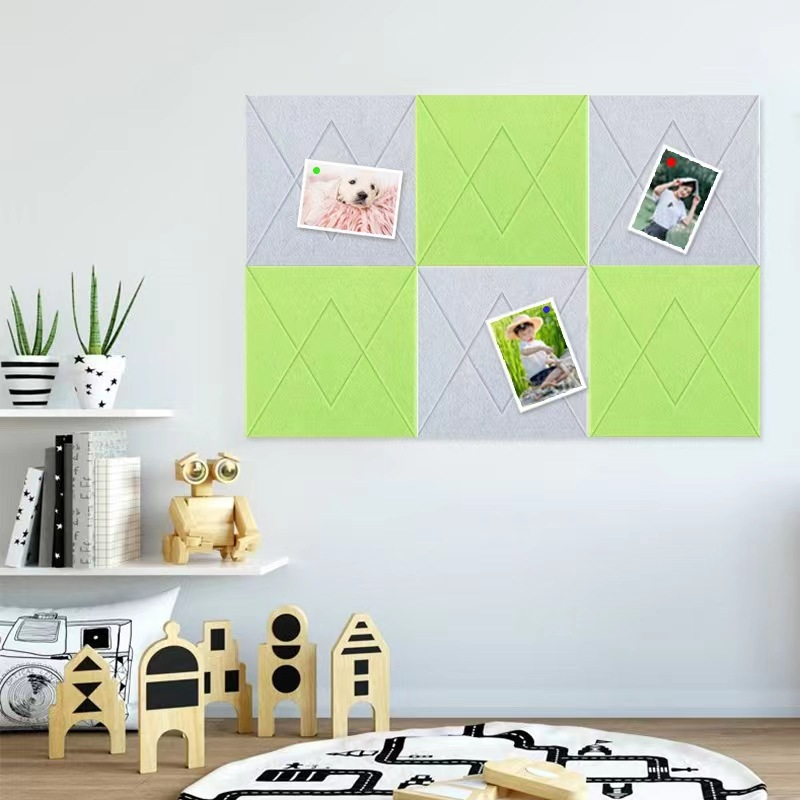Acoustic Panels for Studio Recording Enhancing Sound Quality
In the realm of music production and studio recording, ensuring high-quality sound is paramount. One of the most effective solutions for achieving optimal audio clarity and minimizing unwanted noise is the use of acoustic panels. These specialized panels play a crucial role in creating an ideal recording environment by controlling sound reflections, reducing echoes, and improving overall acoustics.
Understanding Acoustic Panels
Acoustic panels are designed to absorb sound waves and prevent them from bouncing off surfaces, a phenomenon known as sound reflection. Typically made from fiberglass, foam, or other sound-absorbing materials, these panels can drastically reduce reverberation times in a recording space. Ideally, they work by converting sound energy into a tiny amount of heat, thus mitigating the chances of sound waves interfering with each other.
Importance in Studio Recording
In a recording studio, every note and vocal nuance matters. Excessive echoes and reverberation can muddy the listening experience, making it challenging for artists and producers to achieve the desired sound. Acoustic panels help bridge this gap by flattning the frequency response of the room and ensuring a cleaner recording. This is particularly vital for vocals and instruments that require precision.
Moreover, they can help isolate sound sources from each other. In a studio setting where multiple instruments or vocals may be recorded simultaneously, having well-placed acoustic panels can prevent sound leakage. This enables more control over the mixing process and leads to a polished final product that captures the artist's true intention.
Placement of Acoustic Panels
acoustic panels for studio recording

The effectiveness of acoustic panels greatly depends on their placement. Ideally, they should be positioned on the walls and ceiling surfaces where sound waves are likely to reflect. Commonly targeted areas include
1. First Reflection Points This refers to the spots on the walls that sound waves hit first after originating from the sound source. Placing acoustic panels here is crucial for controlling reflections. 2. Corner Areas Bass frequencies often accumulate in the corners of a room. Utilizing bass traps—thicker panels designed to absorb low frequencies—can be beneficial in these areas.
3. Ceiling In rooms with high ceilings, adding panels to the ceiling can also help reduce sound reflections from above.
Additional Benefits
Installing acoustic panels not only improves sound quality but also enhances the overall aesthetic of the studio. Available in a variety of colors, designs, and shapes, they can seamlessly integrate into the room's decor. Furthermore, they contribute to a more comfortable workspace, reducing unwanted distractions and creating a focused environment for artists and sound engineers.
Conclusion
In summary, acoustic panels are an essential investment for anyone serious about studio recording. Their ability to improve sound quality, control reflections, and create an aesthetically pleasing environment makes them invaluable tools in any recording setup. By understanding their importance and employing them effectively, recording artists can achieve pristine audio results, ensuring that their creative vision is captured accurately and beautifully. Whether you are a novice musician or an established producer, integrating acoustic panels into your studio can set you on the path to superior sound production.
-
Waterproof Dog Blankets for Indoor and Outdoor UseNewsAug.01,2025
-
Sustainable Wool Cat Beds Eco-Friendly Choices for Pet OwnersNewsAug.01,2025
-
Snuffle Ball Benefits for Dogs Mental Stimulation and ExerciseNewsAug.01,2025
-
Puppy Treat Puzzles as Social Tools Fostering Bonding Through PlayNewsAug.01,2025
-
Custom Wooden Pet Houses Tailored to Your Pet’s PersonalityNewsAug.01,2025
-
Corrosion Resistance in Environments: A Guide for Washer Hose ClampsNewsAug.01,2025
